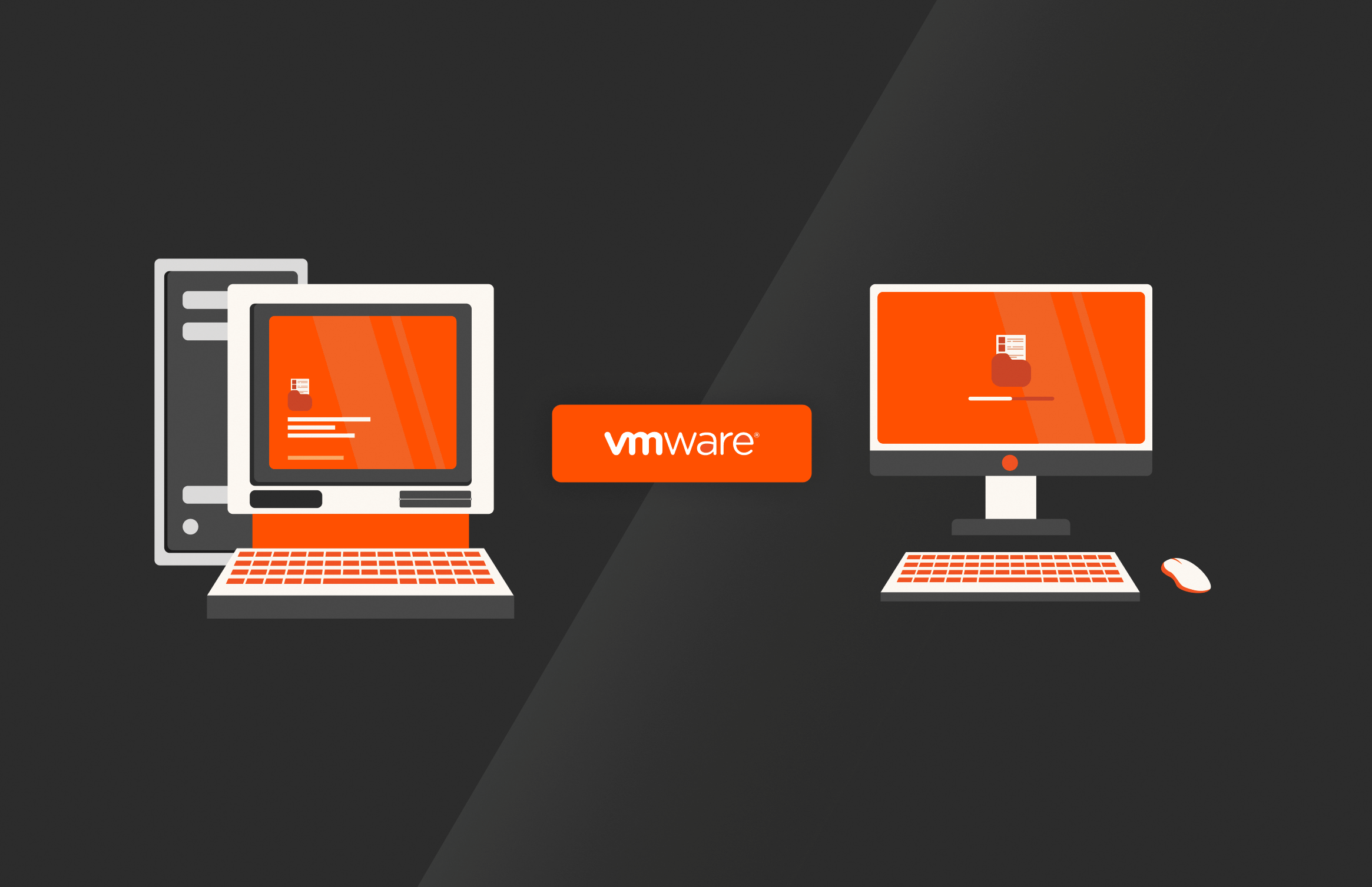Summary
The virtualization world is undergoing some changes. To navigate an uncertain future successfully and make the most of their virtualized environments, organizations will need dynamic platforms that can address these challenges and pain points.
Remember when “the cloud” was little more than an abstract concept involving “remote job entry” by a software company called General Magic?
Even if you don’t and have only been in the tech world for a few years, you know how fast cloud-based technologies are evolving, regardless of all the bad press about soaring cloud costs.
One of these technologies is virtualization. VMware, the leading virtualization provider, has been in the news a lot lately due to its recent acquisition by Broadcom. Per “A Buyer’s Guide to Modern Virtualization”: The acquisition “has generated heightened uncertainty for many IT leaders as they simultaneously navigate multiple product, pricing, packaging, and distribution channel decisions all at once.”
Mergers and acquisitions will happen, but they can’t change the fact that virtualization is now everywhere. “I’ve been hard-pressed to find a workload that truly can’t be virtualized,” said Jason Langer, Pure Storage’s Cloud Solutions Marketing lead, in a recent Pure Report podcast, which makes the Broadcom acquisition of VMware even more interesting and consequential.
To understand VMware’s current situation and its future impact, it helps to know its history—how it has evolved, where it’s headed, and what this means for companies aiming to remain innovative, competitive, and profitable in a more virtualized world.
Download “A Buyer’s Guide to Modern Virtualization”
History of VMware
Like the economy, the tech world moves in cycles. Things come and go, and then come again.
How we got here with virtualization is an interesting story. Initially, there was hesitation to adopt virtualization due to performance concerns and lack of support from software vendors. Early adopters started by virtualizing low-risk applications, keeping critical workloads on bare metal servers.
As VMware introduced features like the Virtualizing Business Critical Applications Solution, the technology gained credibility, leading to the virtualization of Tier 1 applications. This shift brought game-changing capabilities such as vSphere High Availability for improved application uptime and Distributed Resource Scheduler for better resource utilization.
VMware’s innovations enabled data and application portability, allowing for seamless migration of VMs across clusters and data centers. Features like vMotion and Storage vMotion simplified operations and enhanced disaster recovery strategies. Virtualization also led to better capacity management and the emergence of modern hybrid cloud solutions, where organizations began to embrace infrastructure as a service (IaaS).
Security, data protection, and performance were enhanced through integration with other technologies, and VMware’s offerings evolved to support encryption, role-based access control, and advanced backup solutions. The industry eventually shifted toward a more developer-centric approach with the rise of platform as a service (PaaS) and software as a service (SaaS), marking a transition from infrastructure-driven to application-driven IT.
Where We Are Today: Current VMware Pain Points
Now that we’re firmly established in the PaaS and SaaS era, the challenges have evolved as well. The two biggest current virtualization pain points by far are:
Security and Compliance
As virtual environments become more complex, securing them becomes increasingly challenging. Virtualization introduces additional layers that need protection, such as hypervisors, virtual networks, and storage. Ensuring compliance with regulatory requirements (like GDPR, HIPAA, etc.) across these layers adds complexity. Moreover, attacks like hyperjacking, where an attacker takes control of the hypervisor, pose significant threats. This necessitates advanced security measures like microsegmentation, file-level encryption, and continuous monitoring, but implementing these effectively can be difficult.
Performance Overhead and Resource Management
While virtualization has significantly improved resource utilization, it can also introduce performance overhead, especially in environments with high resource contention. This can result in challenges like “noisy neighbor” issues, where one VM impacts the performance of others on the same host. Properly balancing workloads, optimizing resource allocation, and ensuring that virtual machines receive the necessary performance without excessive overhead requires careful planning and management. As organizations push for higher consolidation ratios to save costs, maintaining optimal performance in a cost-optimized manner becomes an ongoing challenge.
Solving these two challenges isn’t necessarily easy, but it also doesn’t have to be difficult or budget-breaking.
In the next section, we’ll explore options for making the most of your virtualized environments.

BUYER’S GUIDE, 14 PAGES
Reevaluating Your Virtualization Strategy?
Explore your options in our guide to modern virtualization.
The Future of VMware and Virtualization
With all of these changes, what is the most likely future for VMware and virtualization? We don’t have a crystal ball for VMware, but we may not need one.
We surveyed over 500 Kubernetes experts for our report “The Voice of Kubernetes” to learn more about the top trends, challenges, and priorities for virtualization and persistent storage. The move to cloud native is the headline: 85% plan to move a majority of their VM workloads to cloud native. This enables organizations to run their VMs and containers side by side, offering scalability, flexibility, operational simplicity, and cost benefits.
The future of virtualized workloads is rapidly modernizing and this evolution will be swift—over the next two years, for 65% of respondents.
Developers will need a strong foundation to navigate the evolution and storage will be a fundamental part of that foundation—especially the 97% of organizations that plan to run data-intensive applications in Kubernetes. They’ll need dynamic platforms that can handle the changing demands of their developer’s workloads.
Finally, there’s the next generation of VMware vSphere Virtual Volumes (vVols). Currently planned for delivery in VMware Cloud Foundation 9, next-gen vVols will enable Pure Storage to provide seamless integration and cloud-like scale for enterprise VMware environments. This resolves so many current virtualization pain points, including the big one: provisioning.
“How big should my data storage be? How many VMs should I put on my data store? With vVols, you don’t deal with any of that,” Langer said. “Every VM is basically its own self-contained unit. You have the storage container where I just point my VM creation to that bucket, and it handles all of it. I don’t worry about data store sizing; I don’t worry about how many VMs are on that. And all these things just make the admin’s life easier.”
Here’s a final fact to chew on from the Kubernetes report:
71% of respondents said a unified platform for VMs and containers and/or a centralized platform for all data services would greatly benefit their organization.
For a complete picture of the virtualization world and your next move in it, download “A Buyer’s Guide to Modern Virtualization.”
Learn what makes FlashArray the best storage for your vSphere environment

Explore the Options
See how you can navigate changes that will affect your virtualized infrastructure.







